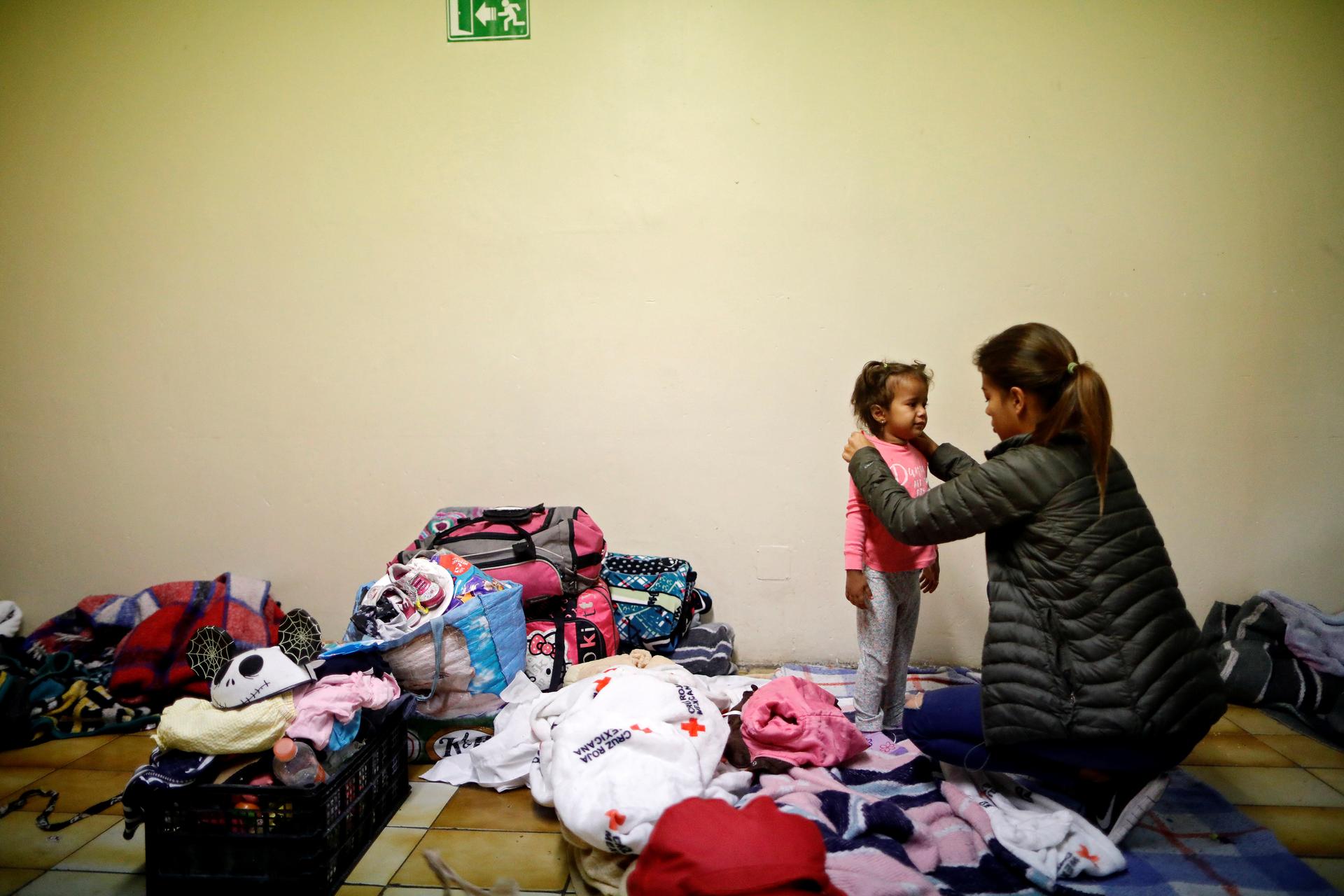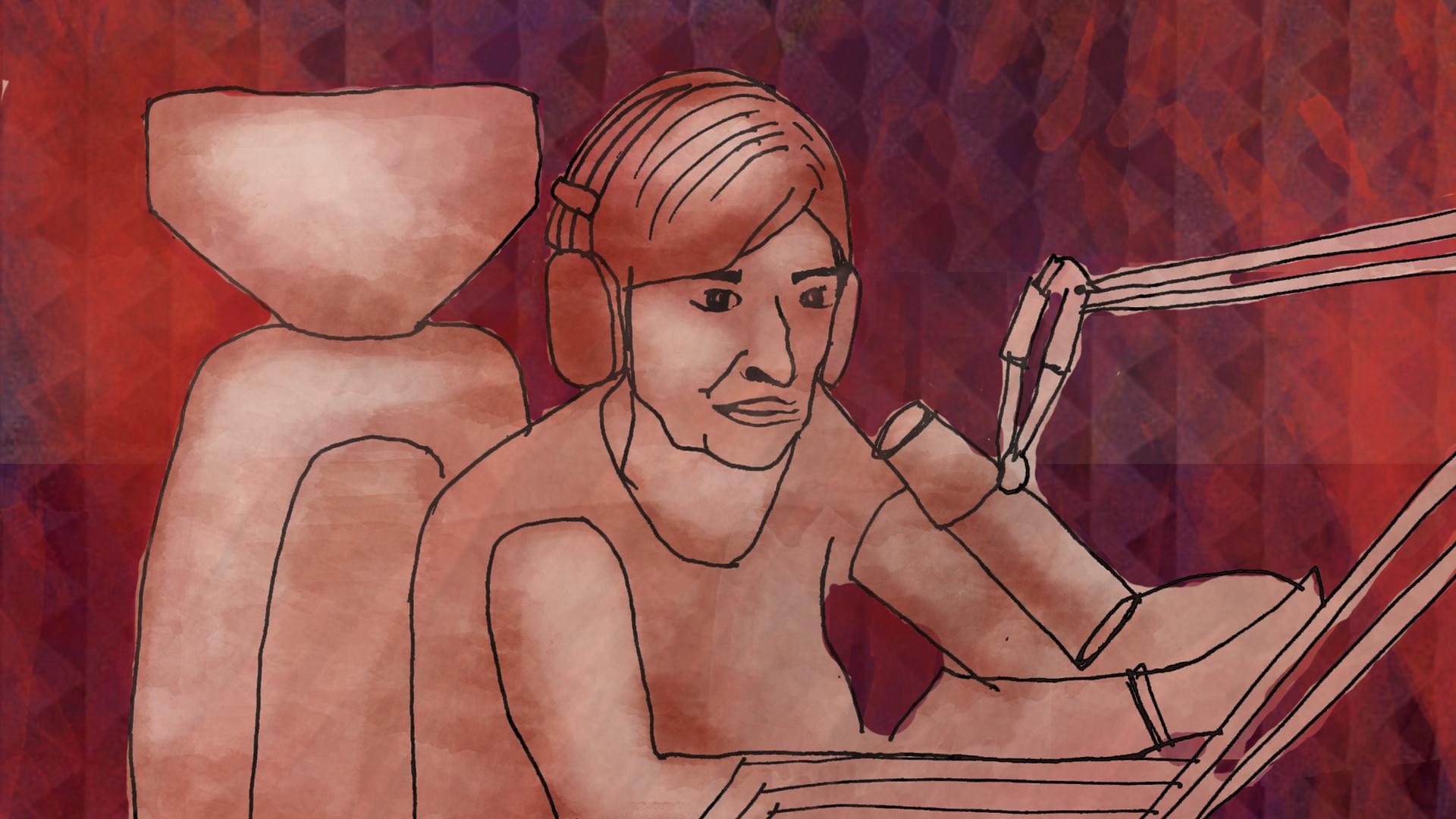domestic violence
Immigration judges say Sessions’ decision makes it harder for people facing ‘life and death’ to win asylum in US
“We have a political boss,” says immigration judge Dana Leigh Marks. And his decision on domestic violence as a case for asylum is why immigration courts should be independent, she and other judges say.
We want to hear your feedback so we can keep improving our website, theworld.org. Please fill out this quick survey and let us know your thoughts (your answers will be anonymous). Thanks for your time!
No place like home: A global exploration of violence between partners
Whether you call it “domestic violence,” “partner violence” or “intimate partner violence” there is one key reality: It’s everywhere. Every country and every culture. Every faith. Every education and economic level. Old and young. Men and women. Of the 115 countries for which we aggregated the most recent data, the lowest prevalence rate is 5 percent. But 80 of these countries (just over two-thirds of them) have a rate at or above 20 percent. That means that, in many countries, at least one in five women have experienced violence at the hand of their partner.
Subscribe to The World’s Latest Edition podcast for free using your favorite podcast player:

